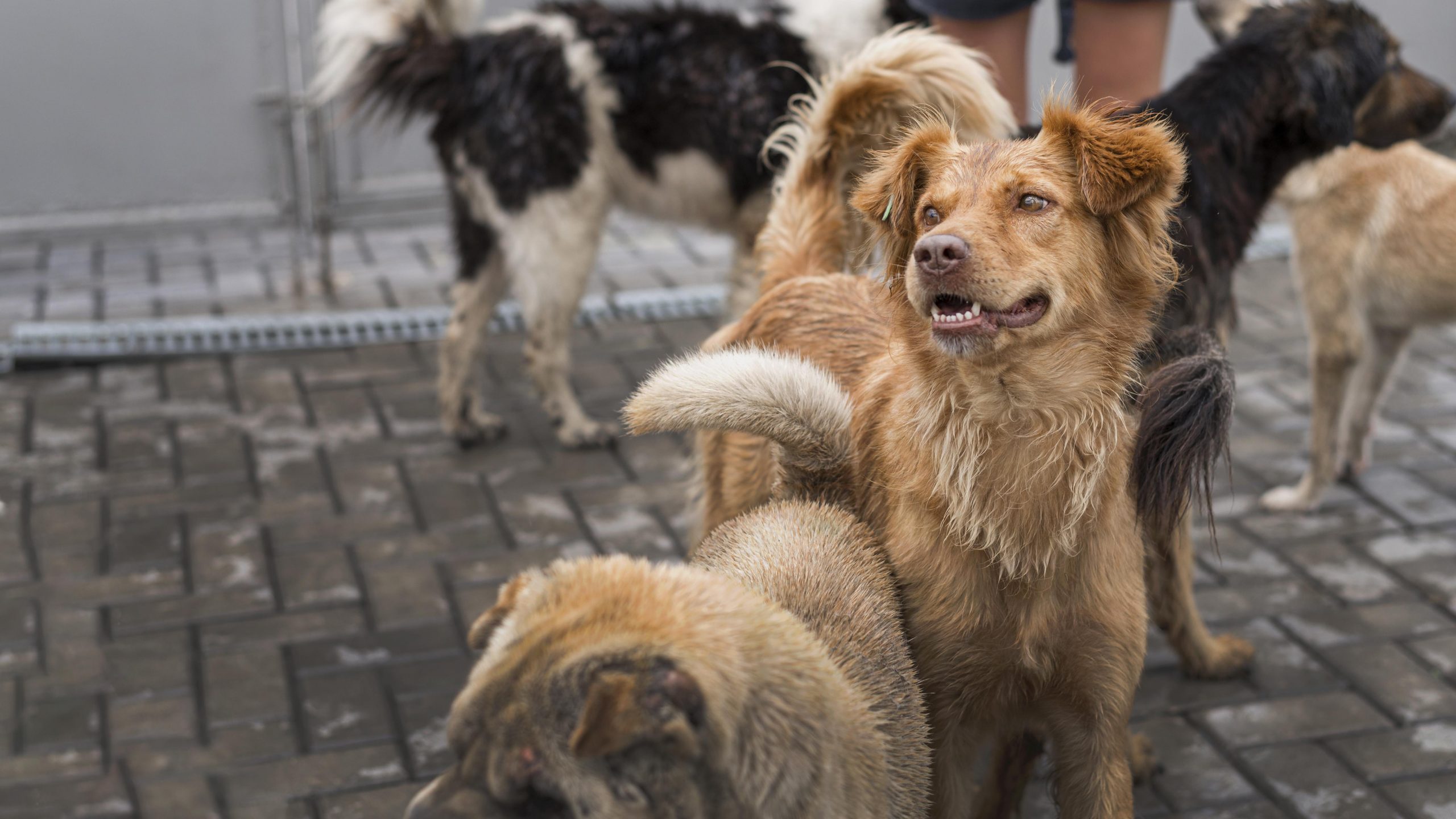SINGAPORE: In a collective plea, various local animal welfare organisations have called on the government to reevaluate existing policies addressing the number of stray dogs amid growing concerns that the nationwide stray dog sterilization program could be rendered ineffective without additional measures.
A major concern highlighted by these organisations is the unchecked proliferation of unlicensed dogs employed by factory owners as guard dogs. These dogs roam freely, perpetuating the stray population. Those introducing these dogs show little responsibility, neglecting to implant microchips, obtain licenses, or facilitate sterilization operations. They disown any responsibility when issues arise, claiming the dogs are not theirs.
Collaborating with the National Parks Board over the past five years, animal welfare groups have employed strategies such as trapping, neutering, rehoming, or releasing to manage the stray dog population.
However, a persistent challenge remains in dealing with dogs let loose by factory owners, as these animals often display heightened intelligence and survival instincts, requiring additional resources for effective tracking.
Industry experts have cautioned that capturing these stray dogs demands increased manpower and funding. These dogs, known for their alertness, necessitate a strategic approach involving consistently deploying food at fixed times to lure them in.
While approximately 80 per cent of local stray dogs have undergone sterilization, the crux of the issue lies in the difficulty of capturing the remaining elusive population. Animal welfare organisations stress that continued breeding among these unrestrained dogs could jeopardize previous sterilization efforts, emphasizing the need for additional resources to address this lingering challenge.
The need for policy changes appears critical to ensure the success of ongoing initiatives and prevent the undoing of progress in controlling the local stray dog population.

